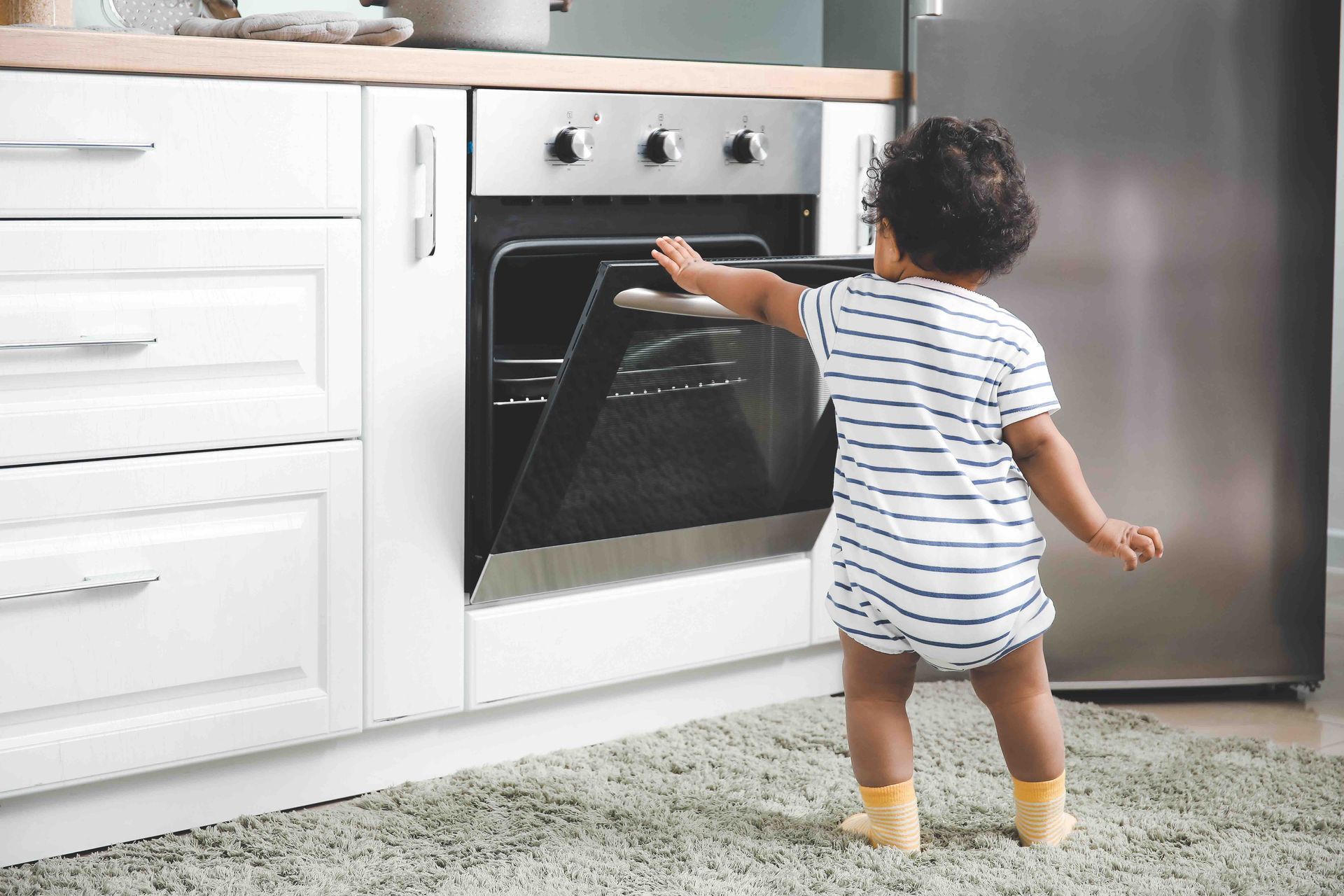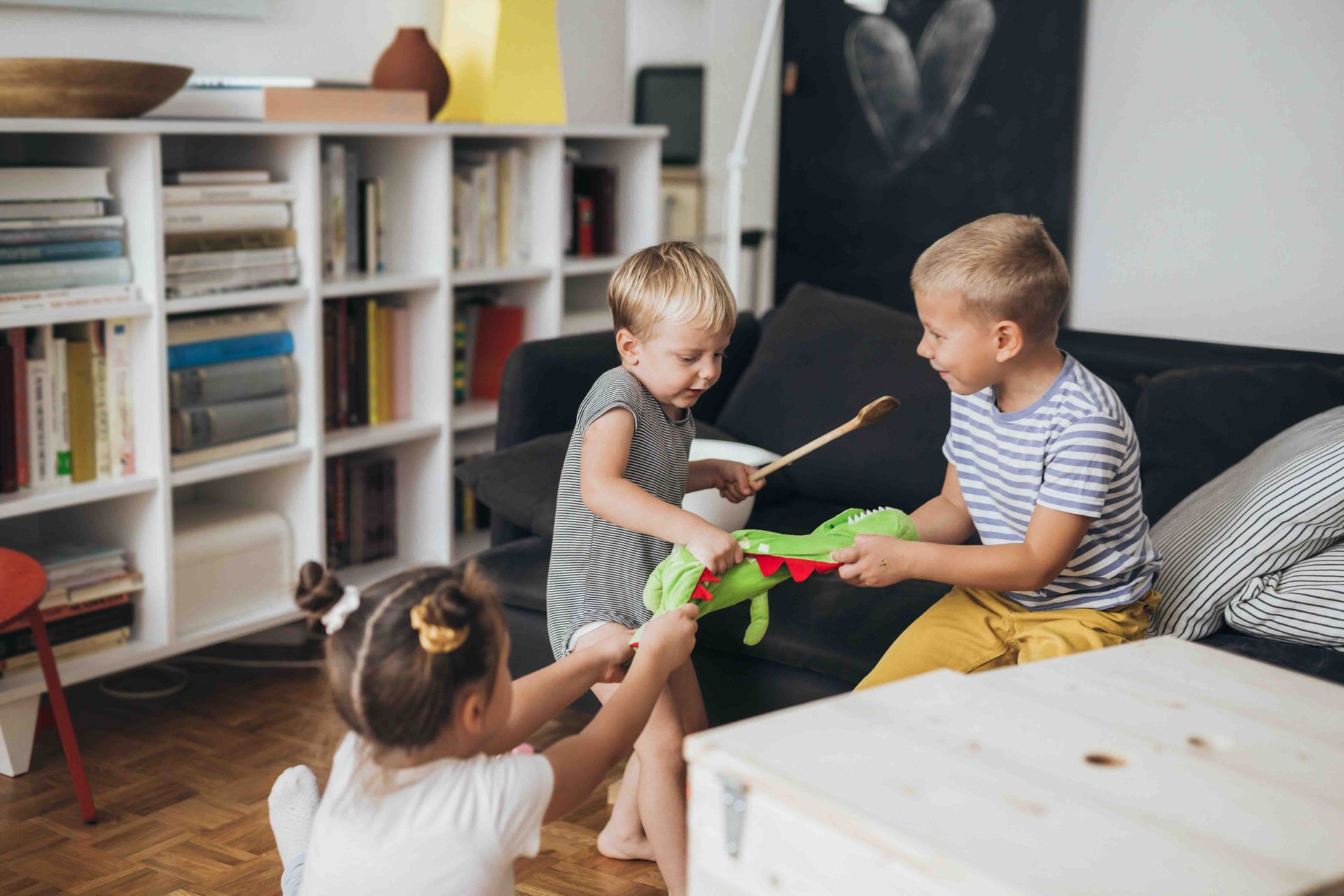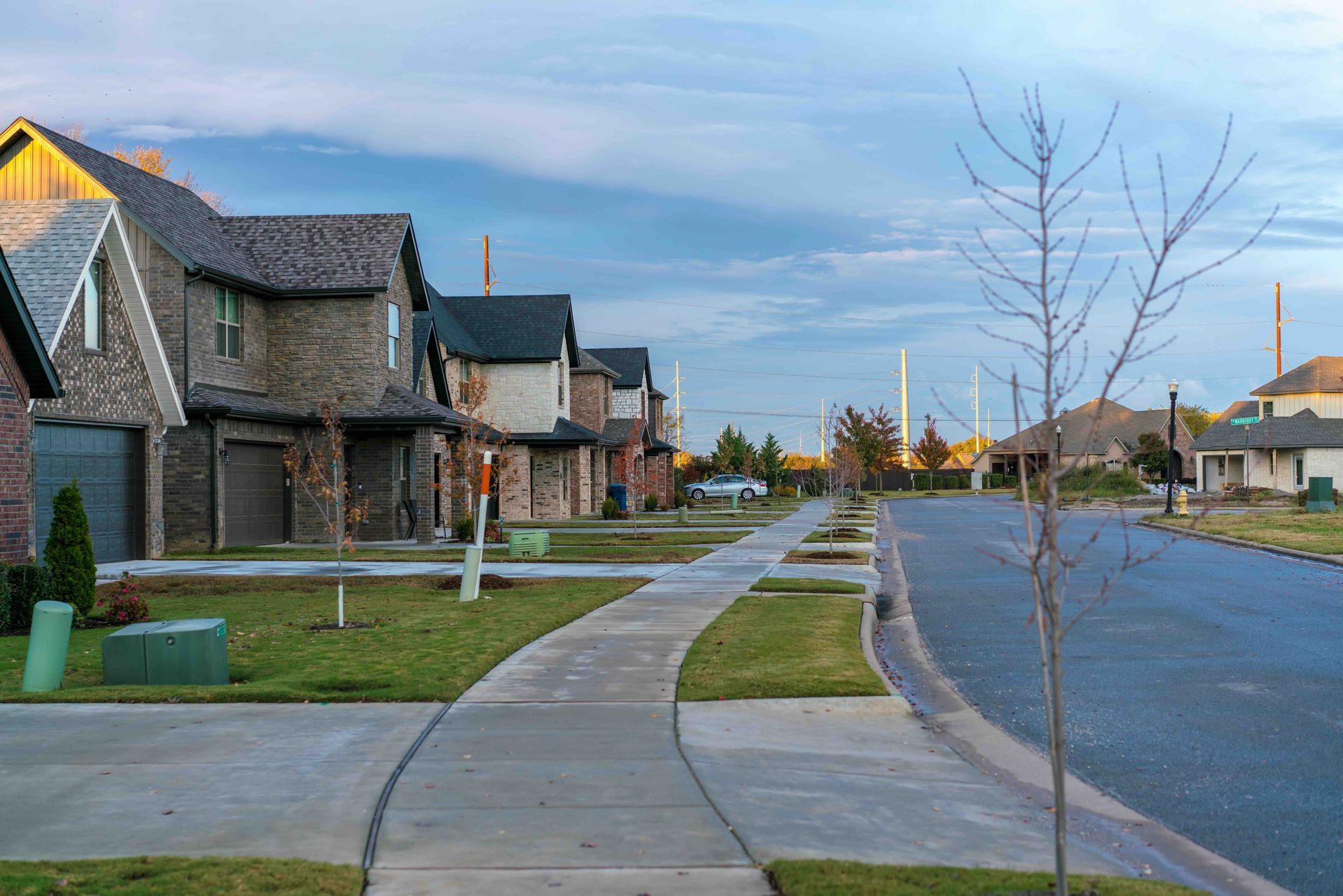An Easy Way to Make it Safe for Kids at Home
As National Child Safety and Prevention Month in the U.S. rolls around each November, it’s a perfect time to take a closer look at the ways we can create a safe, healthy, and engaging home environment for children.
Here at Cornerstone Home Group, we’re also dedicated to informing homebuyers and home sellers through our free resources on homeownership and more. From knowing more about how home insurance works to deploying DIY projects, we have you covered here at CHG.
Every room and outdoor space can be optimized to reduce hazards and promote a child’s well-being. From practical childproofing strategies to tips for fostering a clean and nurturing atmosphere, here are some effective ways to make your home a haven for kids.
Childproofing Essentials
Childproofing is a critical first step for ensuring home safety. This doesn’t just mean placing outlet covers and safety gates; it’s a comprehensive approach considering the entire home layout.
- Make Home Exploration Safer for Kids
Children love to explore, which often includes climbing on furniture. Secure heavy items like bookshelves, dressers, and televisions to the wall. This helps prevent tipping accidents, which are a common cause of injury among toddlers. - Locks and Safety Gates Complete the Puzzle
Place safety gates at the top and bottom of stairs and use locks on cabinets containing hazardous materials (like cleaning supplies and medications). Safety gates can also keep children out of areas that may not be entirely safe for them to explore, like the kitchen or bathroom. - Anchor Cords and Cables
Loose cords can pose a strangulation hazard and trip risk. Use cable management solutions to secure these in areas where kids can reach them and try to hide or cover outlets not in use to avoid electrical risks. - Cover Sharp Corners and Edges
Add protective corner guards on the hard edges of furniture to prevent injuries. - Check Window Safety
Windows pose a fall risk, especially for curious climbers. Consider installing window guards or stops to limit how far they open. Avoid placing furniture near windows to prevent kids from climbing up to them.
Health and Hygiene
Making a home safe also means keeping it clean and reducing exposure to harmful substances. Hygiene plays a significant role in a child’s well-being, especially in environments where they’re constantly exploring and touching surfaces.
- Choose Non-Toxic Cleaning Products
Many household cleaning products contain harsh chemicals that can irritate skin and lungs. Opt for non-toxic, eco-friendly cleaners and store them out of children’s reach. You can also make safe DIY cleaners with ingredients like vinegar, baking soda, and lemon. - Maintain Clean Air Quality
Indoor air quality is crucial for children’s respiratory health. Regularly replace HVAC filters, ventilate the home when possible, and consider using an air purifier to reduce allergens and pollutants. Avoid smoking indoors and minimize the use of aerosol sprays. - Keep Floors and Surfaces Hazard-Free
Regularly clean floors to remove dust, pet dander, and small items that children could choke on. Make sure to keep toys, pacifiers, and other items clean and disinfected, especially if children share these with others. - Prevent Mold and Mildew
Mold can cause respiratory issues, particularly in young children. Monitor bathrooms, basements, and other damp areas for signs of mold. Use a dehumidifier if necessary and repair leaks promptly.
Preventing Poisoning Hazards
Children are naturally curious, and that curiosity can lead them to explore dangerous substances. Taking measures to prevent accidental poisoning is essential.
- Store Medications Safely
Keep all medications, vitamins, and supplements in childproof containers and store them in a high, locked cabinet. Never refer to medication as “candy” to make it more appealing to children, as this could lead to accidental ingestion. - Secure All Household Chemicals
Place cleaning supplies, pesticides, and other toxic substances in a locked cabinet or storage area. Even products you may not consider hazardous, like essential oils, should be out of children’s reach. - Remember to Label Everything Clearly
Use clear labels on potentially harmful substances to avoid mix-ups, especially if they’re stored in non-original containers. Adding child-proof locks to cabinets where these items are stored is another useful safety measure. - Be Aware of Lead Exposure
If you live in an older home, check for lead-based paint or pipes. Lead poisoning poses significant risks to children and can be managed by sealing old paint or testing water for contamination.

Minimizing Risk with Better Kitchen Safety
The kitchen is often the heart of the home, but it also contains many hazards for young children. With a few adjustments, you can make the kitchen a safe place for everyone.
- Use Stove Guards and Covers
Stove guards prevent children from reaching hot surfaces or accidentally turning on burners. You can also use knob covers on stove dials to prevent kids from playing with them. - Lock Up Sharp Objects
Knives, scissors, and other sharp objects should be stored in a locked drawer or high cabinet. Additionally, using childproof locks on drawers can prevent little fingers from getting pinched. - Keep Hot Items Out of Reach
Hot liquids, pots, and pans should always be kept on backburners with handles turned inward. Teach children not to touch the stove or oven and consider using a child-safe oven lock. - Install a Fire Extinguisher
Have a working fire extinguisher accessible in the kitchen and teach older children the basics of fire safety. Regularly check smoke detectors in the kitchen and nearby areas to ensure they’re working properly.
What About Bathroom Safety?
Bathrooms can be surprisingly dangerous for children due to the combination of water, electrical appliances, and hazardous chemicals.
- Supervise Bath Time
Never leave a child unattended in the bathtub, even for a moment. It’s also helpful to place a non-slip mat in the tub to prevent falls and keep bath toys within reach to avoid reaching over a slippery tub edge. - Lock Cabinets
Store personal care products, medications, and cleaning supplies in locked cabinets or in a location out of reach. Even toothpaste or mouthwash, which may seem harmless, can be toxic if ingested in large quantities. - Use Toilet Locks
Toilet locks can prevent curious toddlers from playing in the toilet, which can be a drowning risk. Additionally, always supervise young children when they’re using the bathroom, as other water sources, like the sink, can also pose risks. - Regulate Water Temperature
Set your water heater to 120°F (49°C) or lower to reduce the risk of accidental burns. Always check the water temperature before allowing a child to enter the bath.
Creating a Fun and Safe Yard
The yard is a fantastic space for children to play and explore, but outdoor areas come with their own unique risks.
- Ensure Playground Safety
If you have playground equipment, make sure it’s in good condition, with no sharp edges, broken parts, or loose hardware. Placing a soft surface, like mulch or rubber tiles, beneath play equipment can help absorb impact in case of a fall. - Fence Off Pools and Water Features
Swimming pools, fountains, and ponds should be surrounded by a fence with a child-proof latch to prevent unsupervised access. Always supervise children around any water, even if it’s shallow. - Lock Up Gardening Tools and Chemicals
Store gardening tools, pesticides, and fertilizers in a locked shed or garage. Kids are often drawn to these items out of curiosity, and many gardening products are toxic if ingested or touched. - Check for Poisonous Plants
Some plants can be toxic if ingested, and children might be tempted to explore them. Identify potentially hazardous plants and remove them from areas where children play.

Working on Mental Health and Emotional Well-being
Safety isn’t only physical—it’s also about creating a home environment that supports a child’s emotional and mental well-being.
- Create Open Lines of Communication
Let children know that they can talk to you about anything that worries them. Set aside time to listen to their concerns and encourage them to share their thoughts and feelings openly. - Designate a Calm Area
Establish a calm, quiet area where kids can go to relax and calm down when they’re feeling overwhelmed. This can be a cozy reading corner or a small space with sensory toys and calming activities. - Encourage Positive Behavior
Positive reinforcement can help children feel safe and supported. Praising good behavior and gently correcting mistakes constructively can foster self-esteem and a sense of security. - Limit Screen Time
Excessive screen time can contribute to stress and anxiety. Set daily screen time limits and encourage outdoor play and other forms of hands-on activity.
Creating a Safe and Engaging Environment
Safety shouldn’t take away from a child’s enjoyment and creativity. Making a home fun and engaging is equally important.
- Incorporate Learning into Play Areas
Dedicate areas in the home to learning activities, like arts and crafts, reading, or music. Use child-safe art supplies and sturdy furniture to encourage creative expression without worry. - Have Age-Appropriate Toys and Games
Select toys that are safe and appropriate for each child’s age and developmental stage. Avoid toys with small parts for younger children to prevent choking risks. - Encourage Physical Activity
Physical play is essential for a child’s growth. Set up a mini indoor gym with safe, soft equipment, or let them explore a backyard playset under supervision to encourage movement. - Organize Playdates and Social Activities
Socializing with other children in a safe, supervised environment can be a healthy part of a child’s emotional development. Set up regular playdates or family-friendly outings that allow for both fun and safety.
Key Takeaways
Making your home safe, healthy, and enjoyable for children requires thoughtfulness and a proactive approach. From physical childproofing to creating an emotionally supportive environment, every step you take contributes to a happier, healthier, and safer home for your little ones.
Share on





